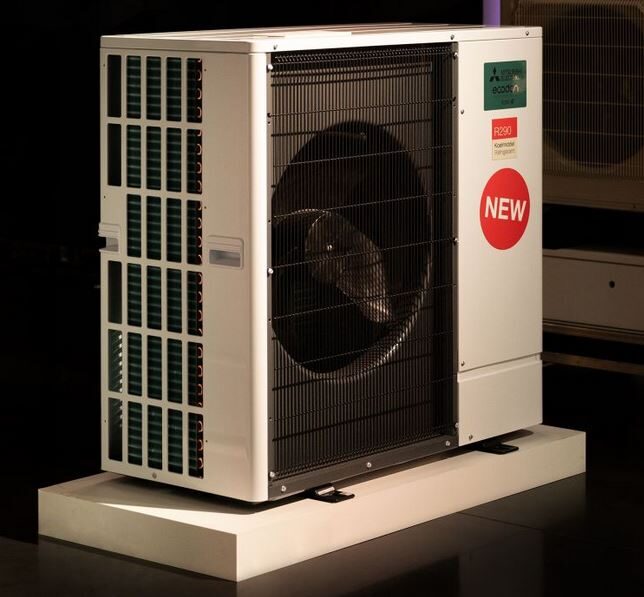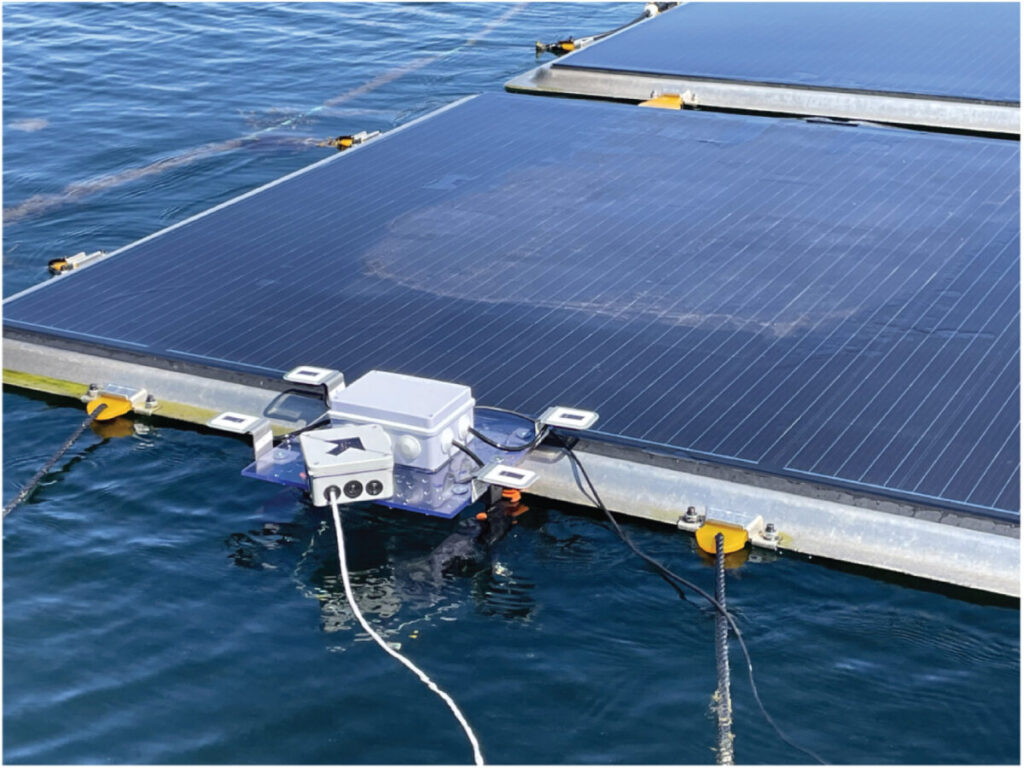Researchers have developed a three-step technique to estimate the loss of power generation in floating PV farms as a result of changes in tilting and mismatch losses. The new module was tested in an experimental arrangement and showed that electricity losses are mainly dependent on both system design and location.
A group of scientists led by Norway Institute for Energy Technology (IFE) has developed a new model for golf-induced loss (WIL) of Floating Photovoltaics (FPV).
The model consists of three head steps, namely wave structure interaction, radiation and electric modeling.
“For FPV systems, if present, waves will cause movements in the floating structures on which the PV panels are mounted. Firstly, the movement will tilt the panels of the set panel -orientation. If the panels are mounted in such a way that they can move independently, various punishment in the panels,” said the investigations, “said the investigations,” said the researchers in this article, “said it in the panels,” the researchers of this article. ” Total loss of these two components combined and we refer to this as the will. “
To make the model, the team used the Internal Software 3Dfloat to simulate the movement of the PV panels and Python libraries for radiation and electric modeling. The first step, that of golf structure interaction, analyzes how the FPV moves as a result of the waves. It uses a standard ocean wave model, assuming that the PV panels follow the local wave movements exactly without moving horizontally.
The second part, which models irradiation, uses the tilt angle of the panel that is delivered from the previous phase. Based on this, the third step of electric modeling uses the PVMisCatch -Simulation Library to calculate the electrical exit.
WAN is then calculated as the percentage difference between that result and the simulated result of a static arrangement.
Image: Institute for Energy Technology (IFE), Solar Energy, CC by 4.0
Step 2 of radiation modeling was tested and verified against an experimental model. This experiment was conducted on an FPV prototype supplied by the Sunlit Sea company, and located in the Oslo Fjord. It consisted of two strings, each with four PV panels. Four radiation sensors, one gear meter and a 3D gyroscope were attached to the edge of one of the PV panels for data collection.
The analysis showed that the modeled irradiation corresponds to the measured irradiation “well” and offers an acceptable agreement with the measurements, with root -average square error (RMSE) between the modeled and measured radiation 2.8 W/m2. “However, the modeling tends to somewhat underestimate the extreme values of the measured irradiation,” the scientists emphasized.
After the successful validation, the group demonstrated the model with a few scenarios. Among the changing parameters tested were the locations of (0Z, 0) 0) and (50Z, 0) 0 bottom), with waves of 0.25 m, 0.5 m, 1 m and 3 m. Waves with a direction of 0 °, traveling over the length of the string; 90 ° travels across the width of the PV string; and 45 °, which approached the PV string at a diagonal angle, were tested.
“Higher will for systems was found further of optimum orientation and under circumstances with steeper and higher waves. The will also increased with increasing PV string and when the wave direction changed from orthogonally with the length of the string parallel to the string,” the results showed. “As an example, the will varied from 3.3% for a significant wave height from 0.25 m to 6.7% for a significant wave height of 1 m. This indicates that the will can be significant and must be considered for energy yield analysis.”
The new technology was introduced in “Modeling of losses caused by Golf for floating photovoltaisies: Impact of design parameters and environmental conditions“Published in Solar energy. Researchers from the IFE van Norway, the University of Oslo (UIO) and India’s Himachal Pradesh University participated in the study.
This content is protected by copyright and may not be reused. If you want to work with us and reuse part of our content, please contact: editors@pv-magazine.com.
Popular content


